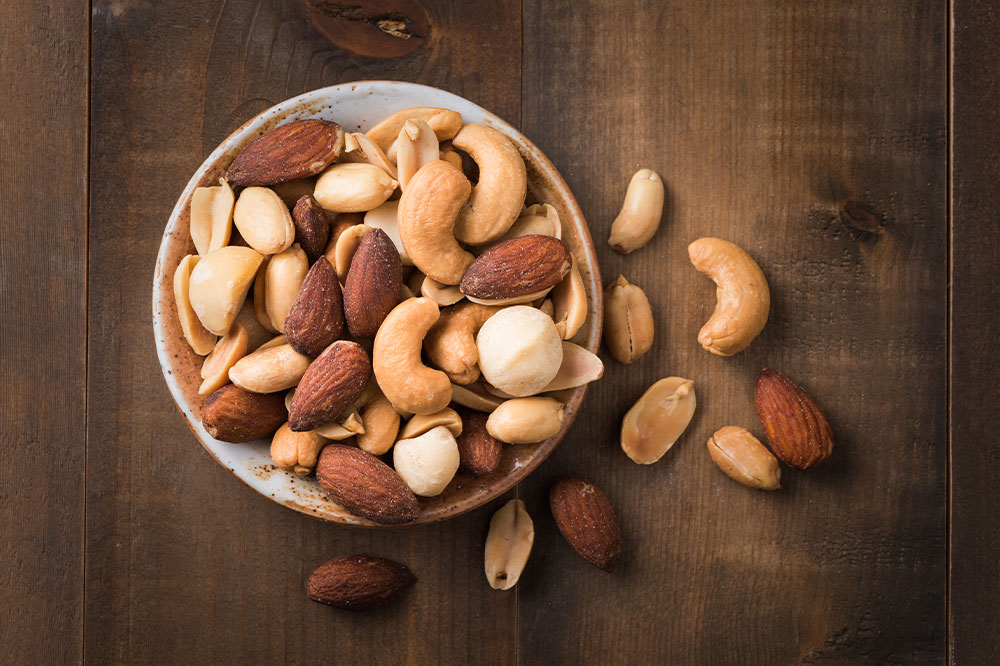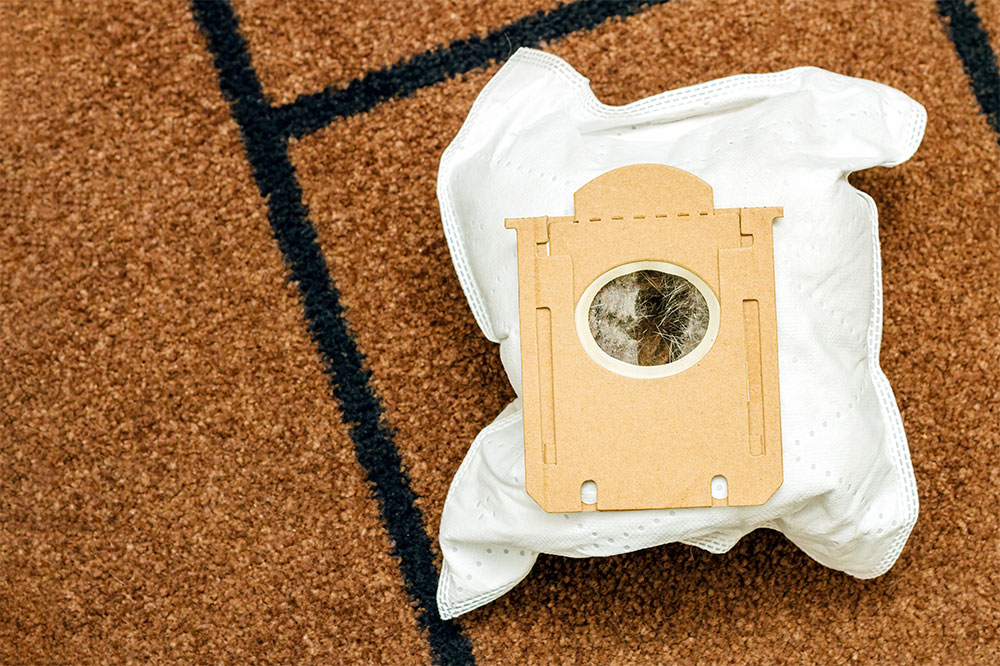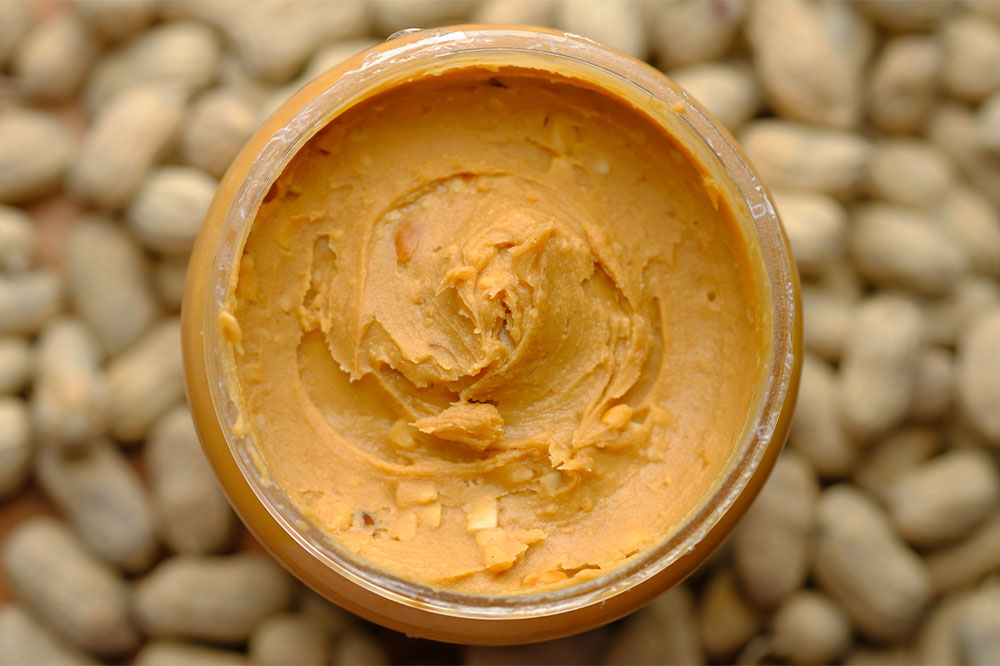7 breathing mistakes to avoid for optimal lung health

Many of us are unknowingly making breathing mistakes, and these could significantly impact our lung capacity and health. Many of us are used to breathing in a way that negatively impacts our respiratory system. Factors like poor posture, breathing through the mouth, and other similar habits can significantly impact our health. To avoid any adverse effects, it is essential to understand and rectify these mistakes for a fuller breath and a healthier set of lungs.
Breathing through the mouth
Constantly breathing through the mouth is another mistake you need to work on avoiding for healthy lungs. Did you know studies have found that up to 50% of adults breathe through their mouths? The possibility is higher during the morning than at night. It might not be risky in small portions, but if you constantly breathe through your mouth, you must retrain yourself. The nose can filter out toxins, irritants, and other items that are best kept away from the respiratory tract. It also humidifies the air making things easier for the lungs. When breathing through the mouth, you increase the chances of experiencing dry mouth, which can increase the risk of asthma and trigger its symptoms. If you are someone who has learned to breathe through the mouth because your nose is overly congested, you still need to visit the doctor and get it checked. Often people who cannot get rid of nasal congestion have nasal polyps. It is possible to eliminate these obstructions without difficulty if ministered in time.
Exhaling partially
Not exhaling correctly is one of the most common breathing mistakes you make while exercising. When you are performing strenuous activities, chances are your shoulder and neck are tense. This limits the function and efficiency of the complete respiratory system. The same results from holding your breathing when weight training. These breathing mistakes might seem inconsequential but can gravely impact your lungs and overall health. It is suggested that you breathe in through the nose and out through the mouth when exercising to balance your breathing and keep the lungs functioning well.
Poor posture
Hunched postures are one of the worst culprits of poor lung health. Mainly because most of the time, you don’t even realize when you are hunched over. It has become a way of life, with screens taking precedence over everything else. Everyone fails to realize that this posture adds pressure to our lungs. It compresses the diaphragm and tenses muscles that need relaxation for proper relaxed breathing. Try incorporating some posture-fixing stretches and exercises to help decompress your spine and relax the torso. You can also set a repeated reminder on your phone or laptop that helps you gradually righten your posture.
Breathing in polluted air
You might not have control over the amount of pollutants you inhale outdoors. But do you have to continue inhaling them even when you are indoors? If you let your lungs continue the battle even when you are home, you are making a mistake that can be easily avoided for healthy lungs. Inflammation caused by inhaling air pollutants can decrease the body’s efficiency in transporting oxygen and carbon dioxide between the lungs and blood. For example, you might want to invest in a good quality air purifier that will filter out most airway irritants letting your lungs breathe a sigh of relief.
Not letting your belly expand
When forcing your stomach to stay flat even for breathing activities, you ensure that your diaphragm is squeezed all the while. This allows little space for the lungs to expand and adequately fill with air. And the inability of the diaphragm to completely relax also means the stale air is not completely thrown out of the lungs. Eventually, this mimics low oxygen availability for the body and a higher concentration of carbon dioxide. One way of ensuring you breathe properly is by consciously practicing diaphragmatic breathing. So lie down or sit straight and place one hand below the rib cage. While you breathe in, feel your stomach expanding and your hand moving outward. Contract your muscles as much as possible to exhale completely and feel your hand moving inward.
Stressed breathing
When you are taking short and shallow breaths, you are increasing the chances of being stressed and anxious. Similarly, when you are stressed or anxious, you tend to breathe rapid shallow breaths. It’s a vicious circle. One that might have grave consequences. If you are prone to stress, it is better to set aside a few minutes every couple of hours to break away from work and concentrate on breathing. Taking shallow and speedy breaths throughout the day can leave the lungs with insufficient oxygen supply, causing them to work harder. This might trigger asthma or other respiratory symptoms, further weakening the lungs.
Stiff shoulders
Another mistake that does not allow you to breathe properly and maintain healthy lungs is stiff shoulders. You are limiting your breathing capacity if you grimace or stiffen your shoulders when performing activities that stress you out. Plus, since you aren’t ridding the body of carbon dioxide, you will tire yourself out faster. You might be doing it unconsciously, but for healthy lungs, this is one mistake you must consciously avoid.
It needs to be noted that exercising, cycling, swimming, and running are some of the most common places you tend to breathe the wrong way. If you start paying a little more attention to your breathing at these times, you may see a drastic improvement in your lung function and overall health. Therefore, people with respiratory diseases must manage their breathing patterns and avoid the stress that can trigger their symptoms.







